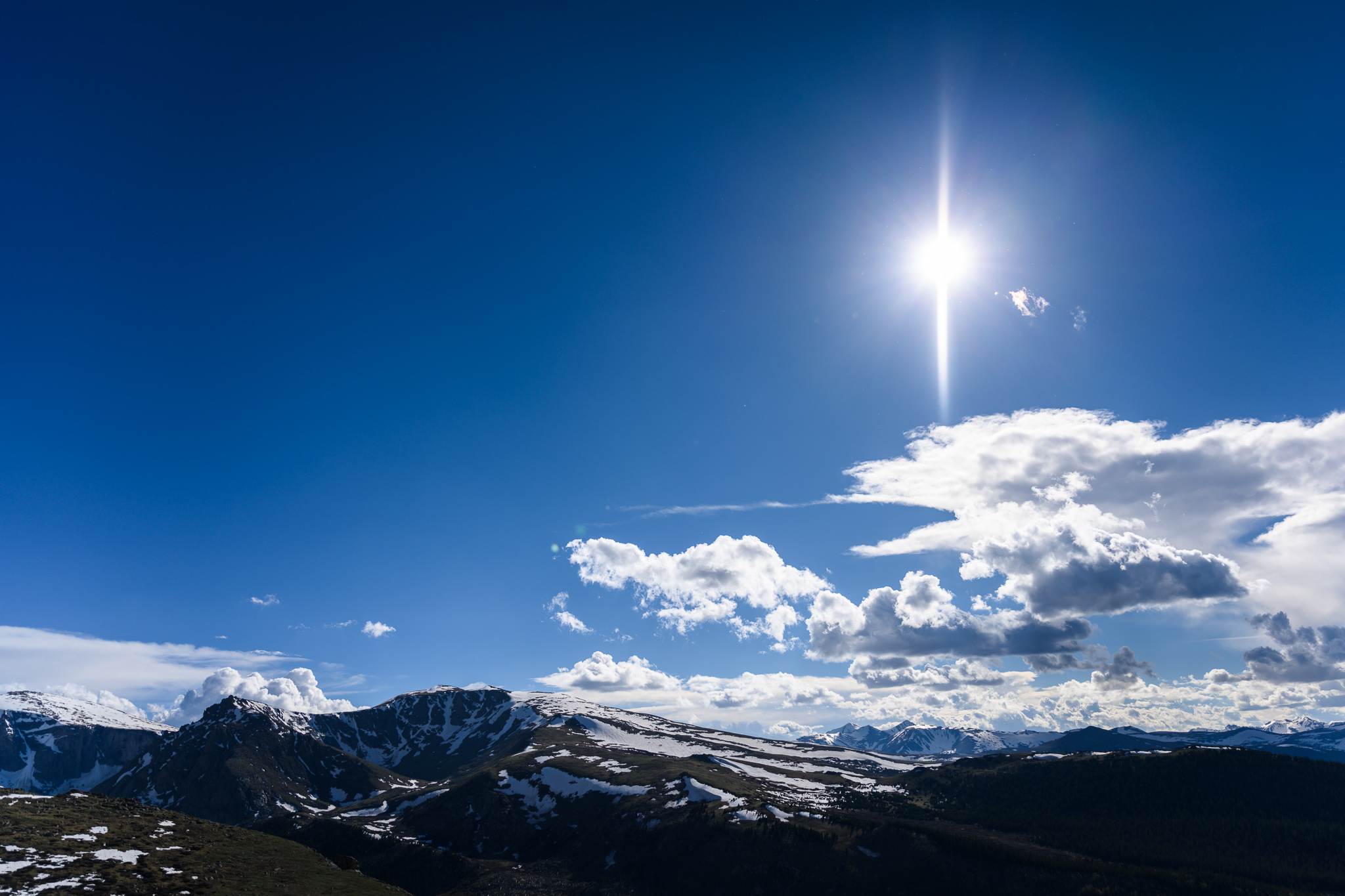Looking to buy a budget but high quality interchangeable lens camera system for landscapes, travel and general photography.
Wanting something small, and thought of Nikon 3xxx/5xxx series. I'm thinking that the 24mp sensor in the Nikons will be hard to beat, also dx zoooms can be picked up very economically, eg with rise of mirrorless, the 3 or 5 body, 10/20, 18/55mm, 70/300 afp lenses are well priced and good performers.
One thing that bothers me a bit is shutter shock - do the Nikon light undamped bodies/lens combinations suffer from shutter shake, I remember small inexpensive bodies suffering shutter shake - older m43 gear? Also how good is the af accuracy say on a D5300, as can get one for a good price. No point in having a good sensor if your picture is spoilt by shutter shock or missed focus, would like to print at A3 and view on ageing 5K iMac.
Comments appreciated on best inexpensive gear that works.
Henry
Wanting something small, and thought of Nikon 3xxx/5xxx series. I'm thinking that the 24mp sensor in the Nikons will be hard to beat, also dx zoooms can be picked up very economically, eg with rise of mirrorless, the 3 or 5 body, 10/20, 18/55mm, 70/300 afp lenses are well priced and good performers.
One thing that bothers me a bit is shutter shock - do the Nikon light undamped bodies/lens combinations suffer from shutter shake, I remember small inexpensive bodies suffering shutter shake - older m43 gear? Also how good is the af accuracy say on a D5300, as can get one for a good price. No point in having a good sensor if your picture is spoilt by shutter shock or missed focus, would like to print at A3 and view on ageing 5K iMac.
Comments appreciated on best inexpensive gear that works.
Henry



